The Cartier Tank Américaine
An elegant dress watch born during the quartz crisis that highlights the best of Cartier’s design ethos
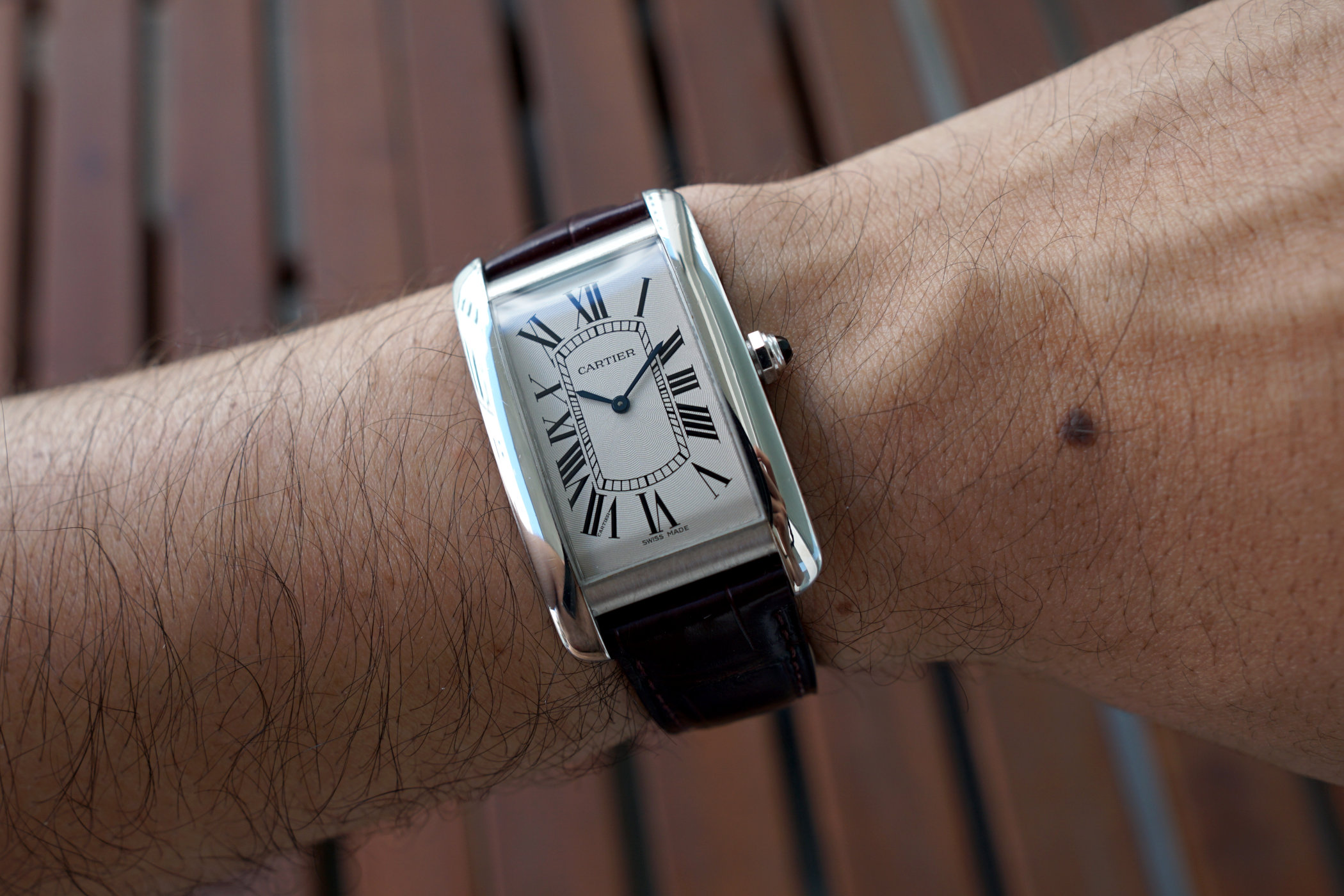
We’ve spent quite a lot of time talking about sports watches in The Collector’s Corner. In the last article, we took a look at the Breguet Type XX, but now we head back to the realm of the dress watch. No more dress complications this time – we’ve had quite a few of those already (both from JLC and from Breguet). No, now we talk about the pinnacle of the dress watch: time-only, and what better way to highlight this than to talk about a watch made by Cartier? The jewellery house excels in unconventional and daring designs, and though many of their most iconic watch case shapes date back to the first half of the 20th century, our subject today is the spring chicken of the bunch.
Cartier’s iconic rectangular wristwatch, the Tank, was born in 1917 and said to be inspired by the stark lines of Renault FT-17 tanks. In the decades since, the Tank design was iterated on but the focus always lay on elegance and on pushing the boundaries of case shapes (Tank Chinoise or Asymétrique, anyone?). Indeed, there is no other watch company that has so successfully developed its portfolio around non-round watches as Cartier has done.
Any story of the Tank Américaine would not be complete without at least a passing mention of the watch that inspired it: the Tank Cintrée. It is difficult to exaggerate the importance of the Cintrée when it was introduced in 1921 – the model was instrumental in changing how the population perceived wristwatches. Wristwatches could be more than just tools to tell the time. They could be stylish, they could be bold, and they could even be a form of self-expression. The Cintrée was oversized for the time. It was first offered in three sizes, and the largest of the three measured in at a whopping 46.5mm from lug to lug. The Tank shape was clearly there, but it had been distorted, stretched. The same principles are applied to the dial. Not only were the Roman numerals elongated, but so was the chemin-de-fer minutes track. The Cintrée captured the zeitgeist of the Roaring Twenties and its low production numbers and legendary status have made it one of the most sought-after models in the Cartier collection.
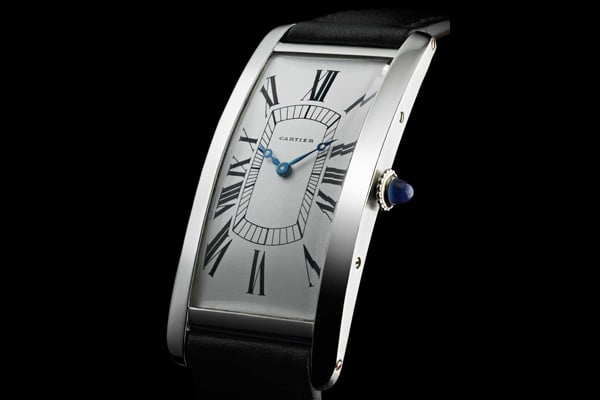
Let us jump now to the quartz crisis when company after company was falling casualty to the sudden obsolescence of their products. Cartier, too, had to adapt. It did so with the Must de Cartier, which was a collection meant to introduce the house style of Cartier to a wider audience. The first Must de Cartier models still had mechanical movements but were made of vermeil, or silver with a thin plating of gold. This was a big break from past Cartier watches, which were made exclusively in precious metals. In 1982, then, the Must became the first Cartier watch to house a quartz movement. Though the purist might lament the use of quartz and the mass-produced nature of the Must de Cartier, the reality is that these bread-and-butter models were the lifeline that allowed Cartier to survive.
The Evolution of the Cartier Tank Américaine
Whereas many of Cartier’s original design icons date back to the first half of the 20th century – one only needs to look at the Tank and the Santos for starters, the Tank Américaine is an altogether more recent model. Though its curvaceous case and dial printed with elongated Roman numerals make it seem to be a product of the 1920s, it may surprise you to learn that the Américaine was actually envisioned in 1989. The design is modelled after that of the Tank Cintrée, albeit with bolder dimensions in keeping with the growing popularity of larger watches. The Américaine is thicker and wider than its inspiration and though the design has been tweaked over the years and a large variety of movements were used (quartz, manual, automatic), the basic shape of the Américaine has remained unchanged.
When the Tank Américaine was first introduced, it was with a quartz movement – fitting, of course, given the upheaval in the industry at the time. The Tank Américaine was introduced in two references in yellow and white gold:
- Reference 811905 (small seconds, date window at 3 o’clock, quartz calibre)
- Reference 819908 (pointer date, moonphase, quartz calibre)

The original Tank Américaine laid the foundation of the Américaine design: elongated lugs, wider brancards than those of the Cintrée, an octagonal crown set with a faceted spinel or sapphire, and a caseback secured to the case body with eight screws (first in two parallel lines along the case flanks, later along the circumference of the caseback). It was in 1993, however, that the Tank Américaine came into its own, with the introduction of the large size measuring 44mm lug-to-lug (the first Américaine references were smaller at 42mm lug-to-lug), which was powered by a manual movement.
Whereas the Cintrée was only ever produced as a time-only model, Cartier was willing to experiment more with the Américaine. This is best demonstrated by the complicated Américaine references, such as the reference 1730 with a chronograph and pointer date, or the reference 3200 flying tourbillon from the Fine Watch Making Collection. The one constant was the use of precious metals for the Américaine, a trend that continued until 2017 when the Tank Américaine was reintroduced into the current collection in 2017, in steel and in three sizes. The small measures 34.8mm x 19mm and uses a quartz movement, whereas the medium (41.6mm x 22.6mm) and large sizes (45.1mm x 26.6mm) are powered by an automatic movement.
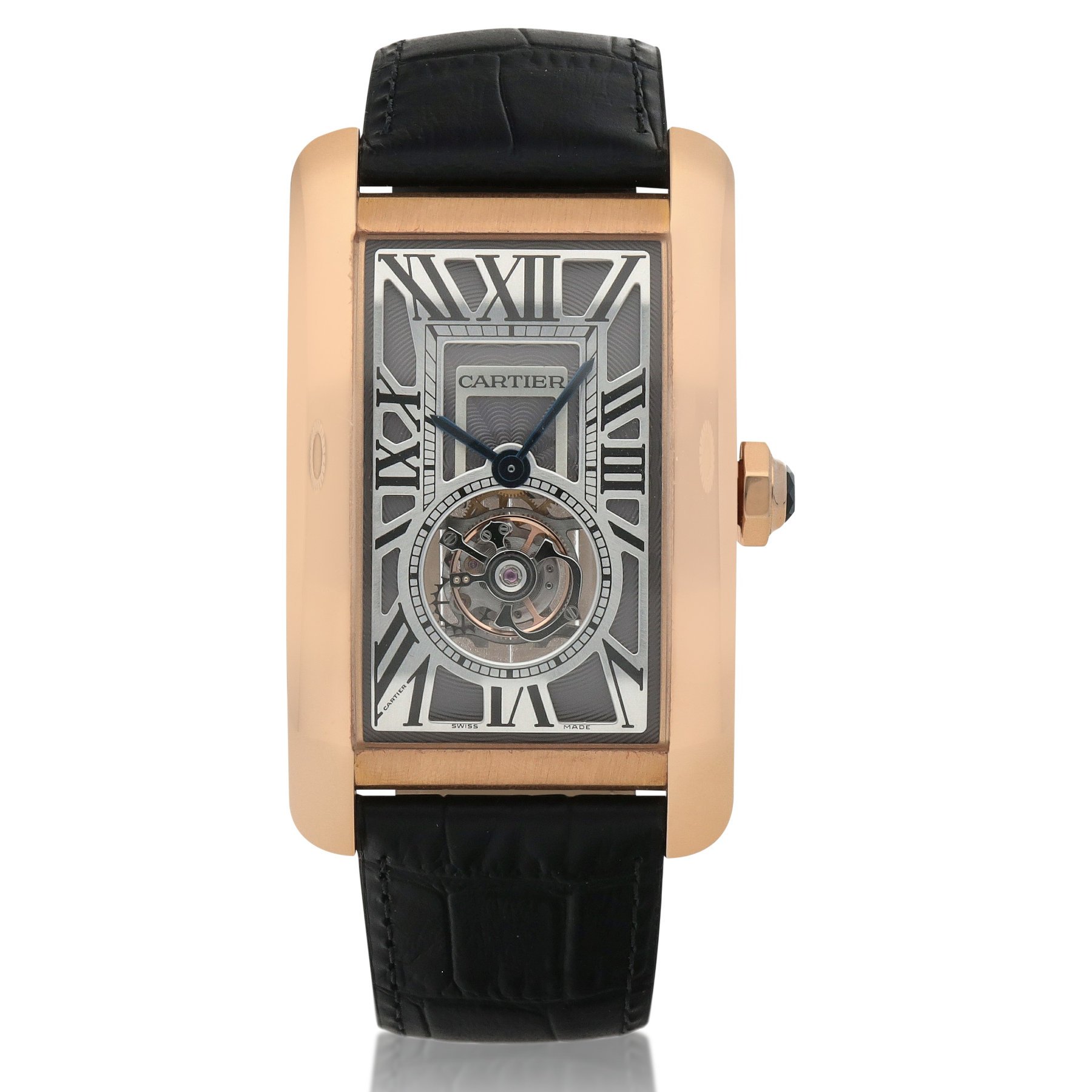
The Cartier Tank Américaine – The Basics
Here, I will focus on the hand-wound pre-CPCP/CPCP references (1734 for platinum, 1735 for yellow gold, 1736 for white gold). The manual-wound Tank Américaine of the early 1990s measured 44mm lug to lug and 26mm across the case. That places them somewhere between the modern medium and large size. At the thickest point of the case, at the height of the crown, the Américaine measures 8mm. However, thanks to the curve of the sapphire crystal and the downward tuck of the lugs, the case body slims down to 7mm at the 12 o’clock edge of the sapphire. The case is brushed on its case flanks and around the lugs, whereas the brancards are in high polish. Also, providing a contrast to the “face” of the watch, the two horizontal bars framing the dial are vertically brushed. The octagonal crown is entirely polished and set with a genuine sapphire cabochon across all case metals.
Now we come to the dial. The silvered dial of the Tank Américaine is embellished with a shallow-cut, billowing wave guilloche pattern that later became emblematic of the CPCP collection. The time indications are read off the curved railroad chapter ring, which is framed by thick transfer-printed Roman numerals. Blued steel sword-shaped hands, a stylistic trademark of Cartier watches, are the finishing touch.
Powering the Tank Américaine is the calibre 9P2, based on the Piaget 9P, an ultra-thin calibre measuring only 2mm in thickness that was launched in 1957. The 9P2 has roughly 36 hours of autonomy and beats at 19,800 beats per hour. The movement is not only technically proficient but is also finished well, with Côtes de Genève applied to the main movement bridges. The wheels are radially brushed and the baseplate has been engine turned. Of particular interest to us watch movement geeks is the use of a solid gold escapement. The 9P2 was succeeded by the calibre 430MC, also found in the Santos-Dumont for instance.
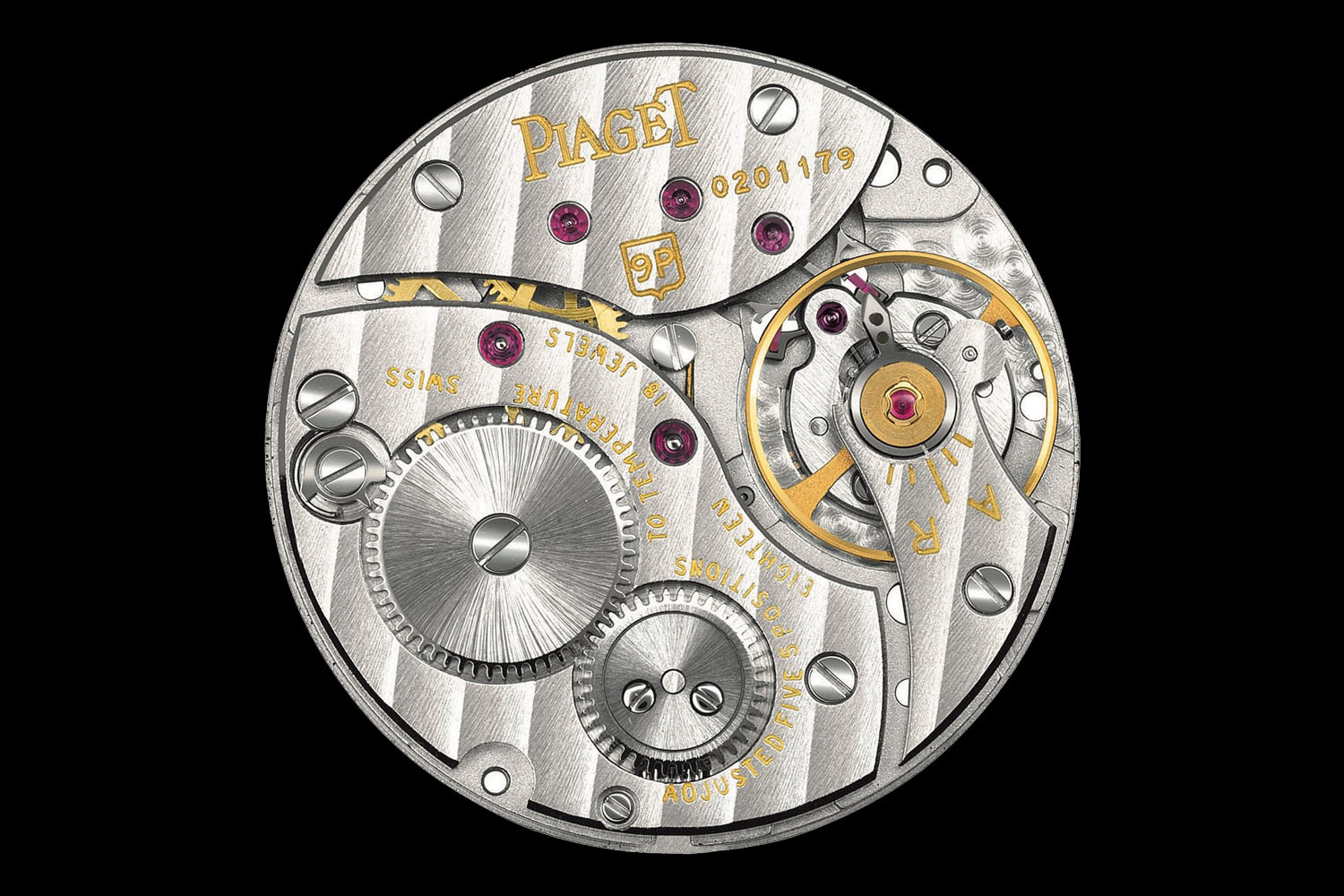
A note on the CPCP version of the Tank Américaine: Whereas many of the CPCP references are easily recognizable as such thanks to the deeply etched central rose motif around the cannon pinion, the Américaine received a far more subtle treatment, receiving only the word “Paris” below the Cartier signature on the dial. In all other respects, the pre-CPCP manual-winding Tank Américaine is identical to the CPCP version.
Why should you consider the Cartier Tank Américaine?
To me, Cartier watches are about their tactile qualities almost to the same extent as they are about their design. The same can be said about the Tank Américaine. Holding the watch in your hand almost feels like you are holding a pebble that has been eroded over time. There are no hard angles, only flowing surfaces, and the entire case has an organic feel to it.
Then, you strap the watch onto your wrist, and suddenly the size and the heft of the watch melt away and you are wearing something that fits like a second skin. Unlike the dramatically curved caseback of the Cintrée, that of the Américaine is flat-ish. Nonetheless, the tips of the brancards, the “lugs” if you will curve down dramatically. The experience is similar to that of wearing a bracelet – indeed, this is also the case with the Tank Cintrée. Still, due to the width and presence of the Américaine, the effect is altogether more pronounced.
Then we come to the dial. There are so many small details here that even though the dial could be considered plain at first glance, repeated viewing is rewarded. There is the secret signature hidden away in the Roman numeral seven, and the glossy ink of the numerals has been transferred onto the guillochéd dial, allowing you to see the rose pattern through the ink. I could talk about the way the serifs of the hour numerals trace the curve of the chemin-de-fer. Far from being an afterthought, the smallest details have been given the same attention as the rest of the dial. There is no seconds hand, there are no subregisters. The dial is an exercise in minimalist elegance, and that is what makes it so effective!
Finally, a brief word on pricing. Even now, despite the red-hot interest in vintage Cartier, the manual-winding Tank Américaine is relatively affordable, not just when compared to the Cintrée, but also in relation to other models from the CPCP line. Expect to pay between 8,000 and 10,000 Euros for yellow gold, and between 12,000 and 15,000 Euros for white gold. The premium for platinum is hefty, and depending on the series (pre-CPCP, CPCP, 2002 30-piece run for the Italian market), expect to pay significantly upwards of 16,000 Euros.
As I wrote in the introduction, we cannot talk about the Américaine without talking about the Cintrée – the latter will always be the radical one that shattered preconceptions. Yet, I think it is time that the Américaine stopped being seen as the “Cintrée on a budget” and stepped into its own. After all, it has embodied the Cartier ethos of timelessness, minimalist design, and elegance for more than 30 years now!

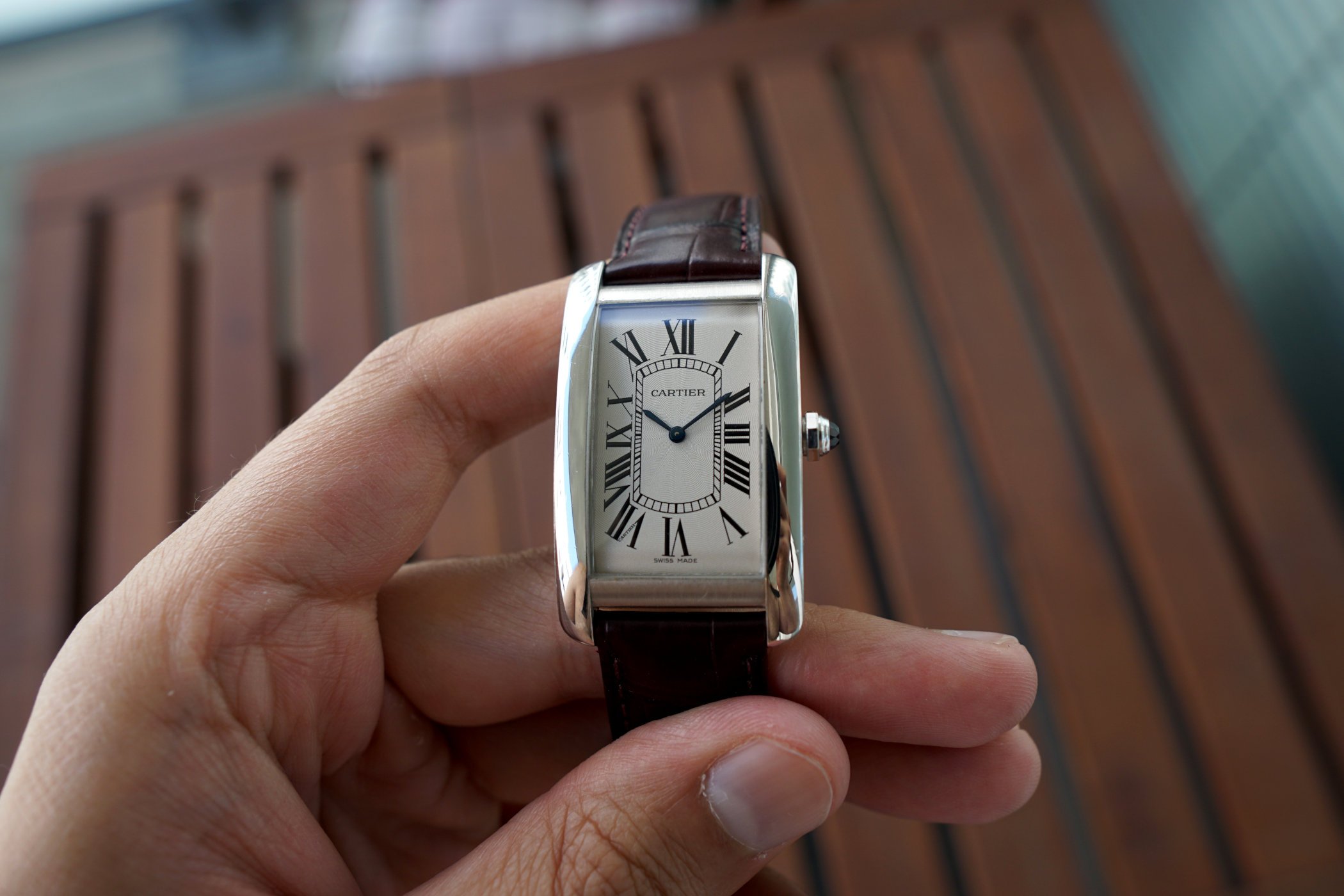
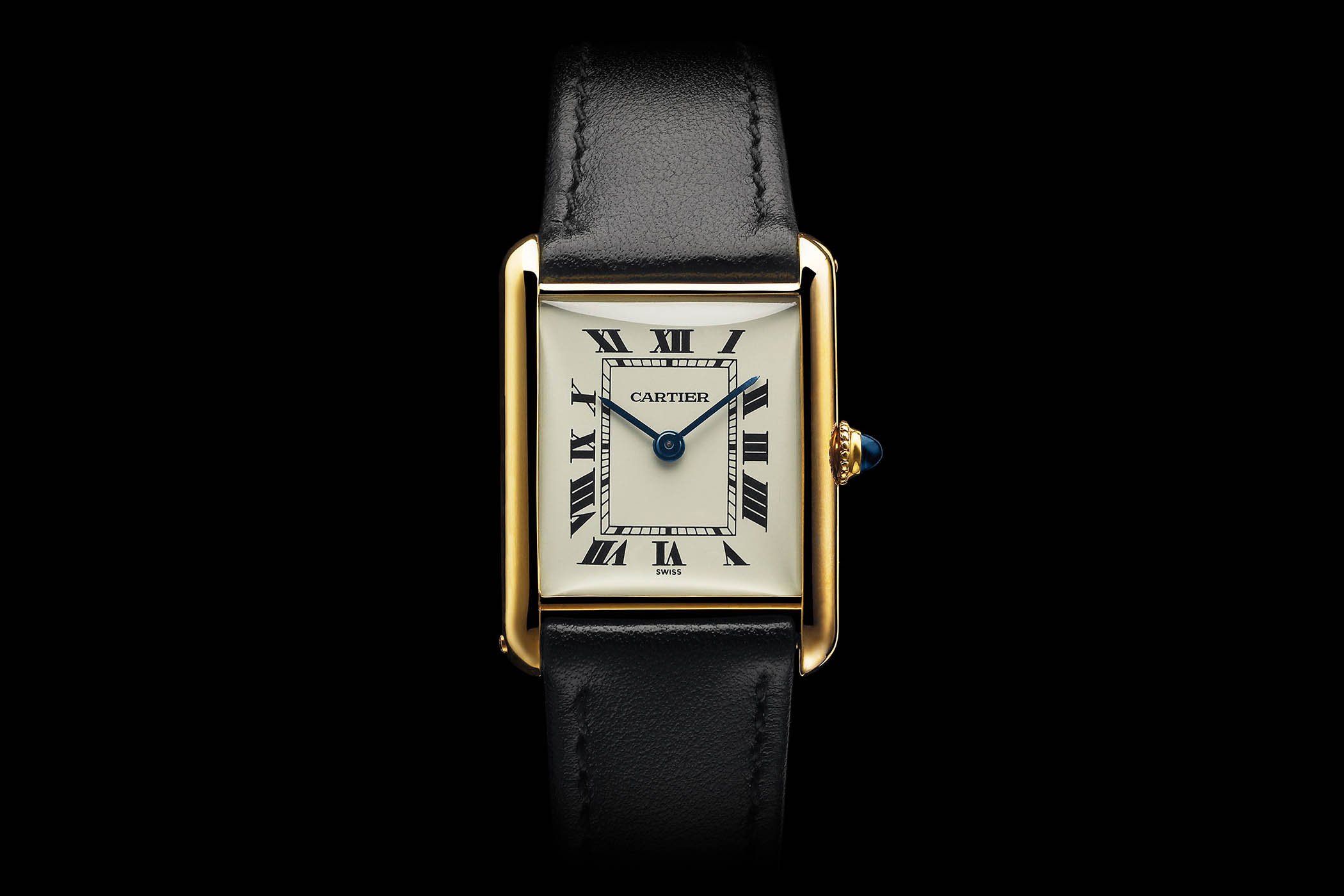

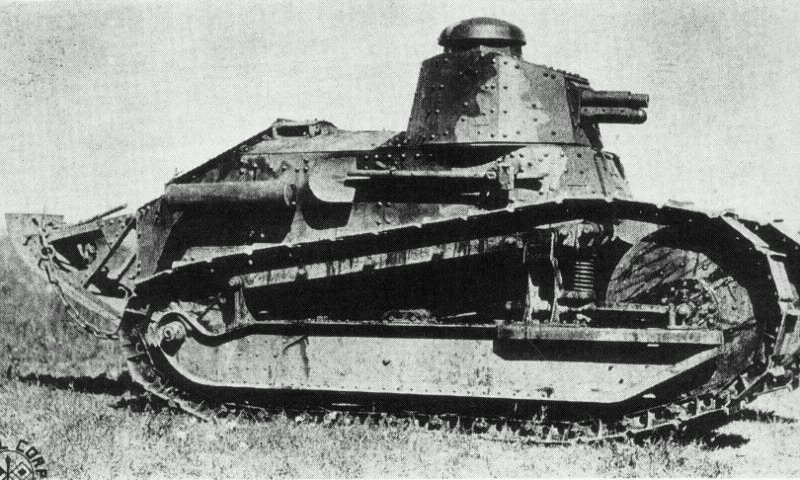



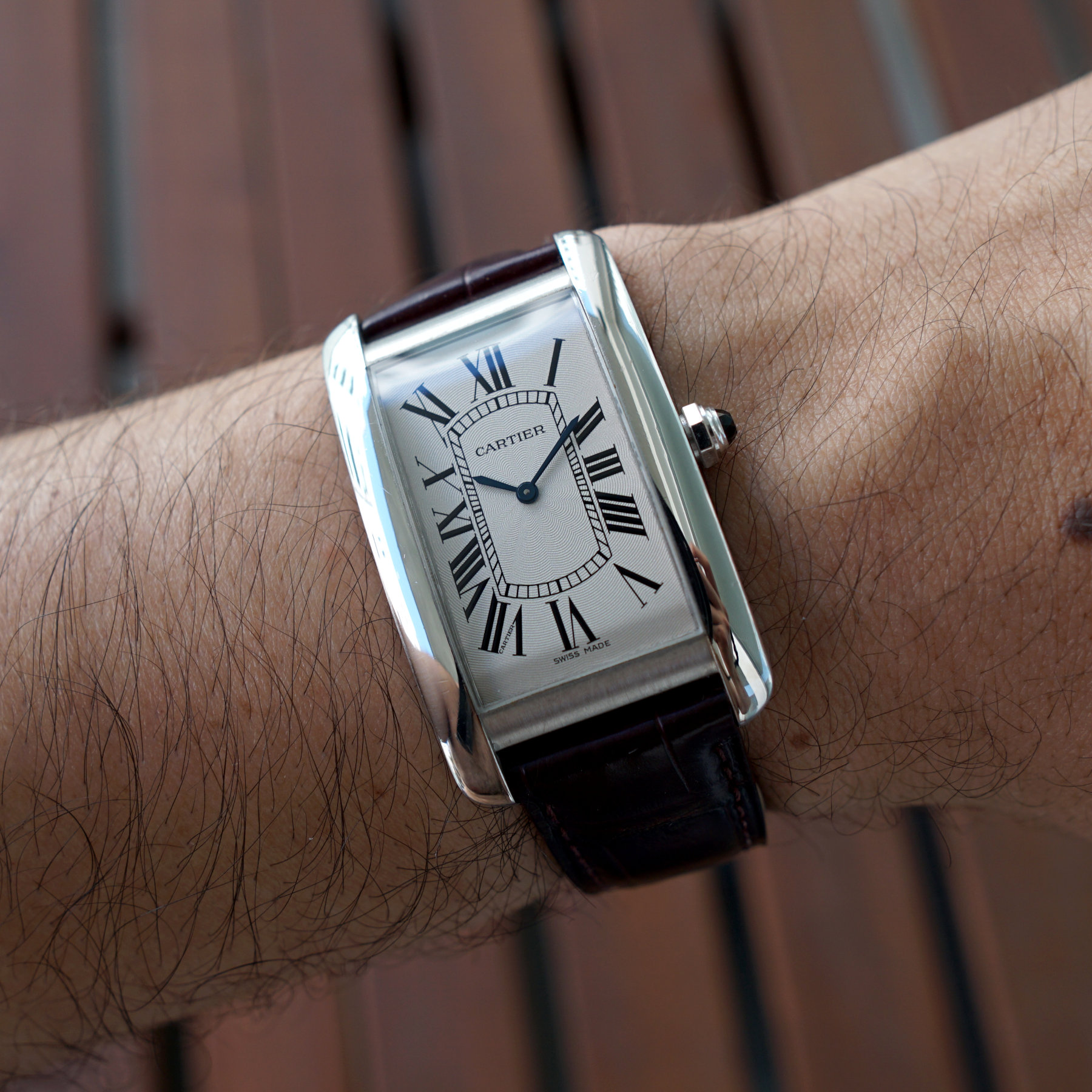


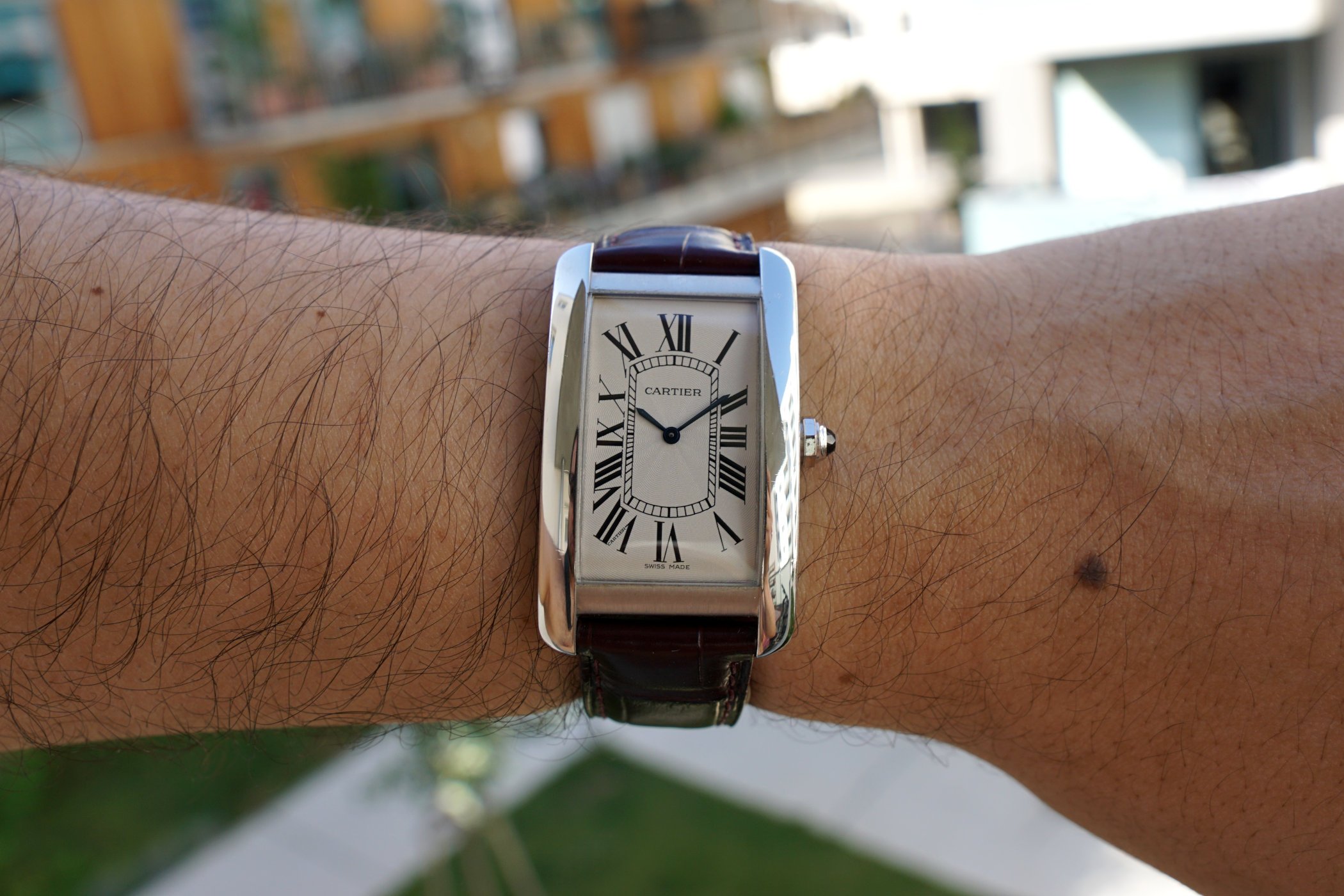
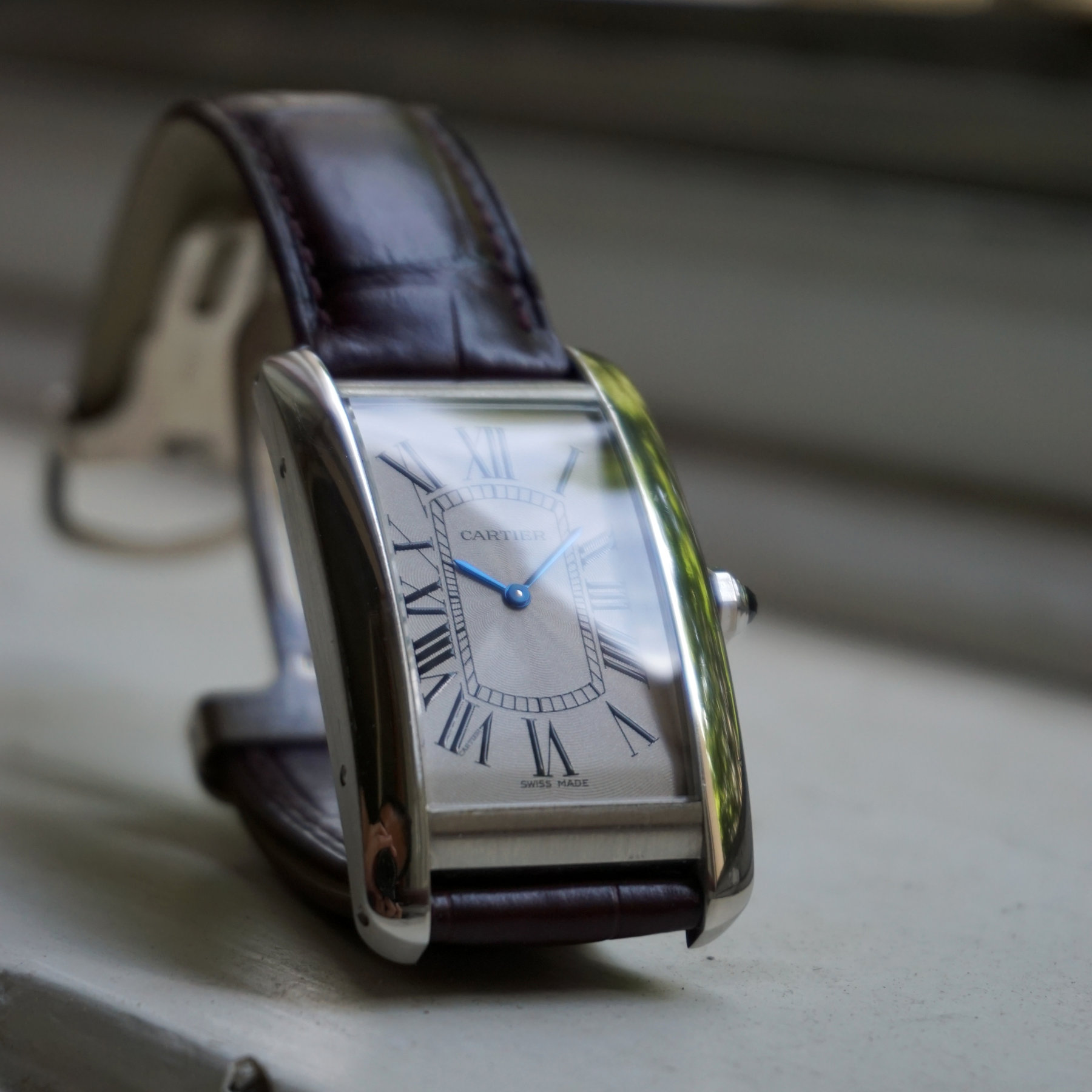
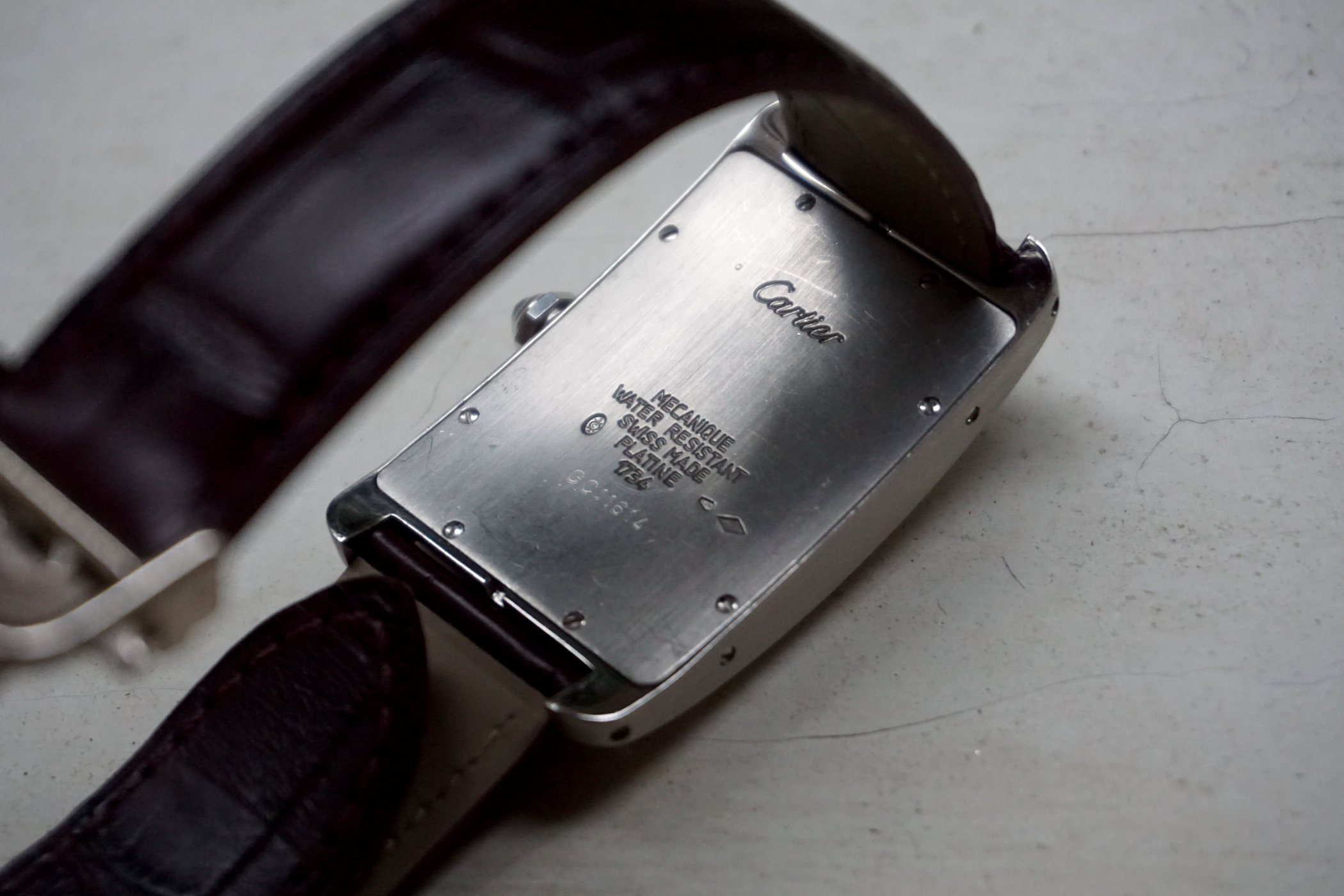






3 responses
“these bread-and-butter models were the lifeline that allowed Cartier to survive” – did Cartier really survive by selling quartz watches? I doubt that statement very much.
Under Tank Americaine- The Basic, second line listed Ref. 1736 as platinum, it should read 1736 as white gold.
Thank you for pointing that out, and it’s not changed. Much appreciated!